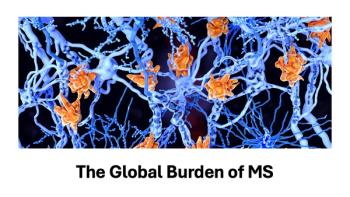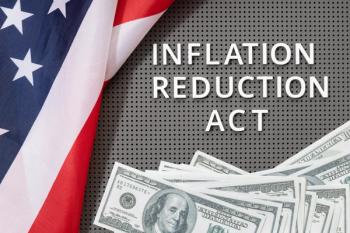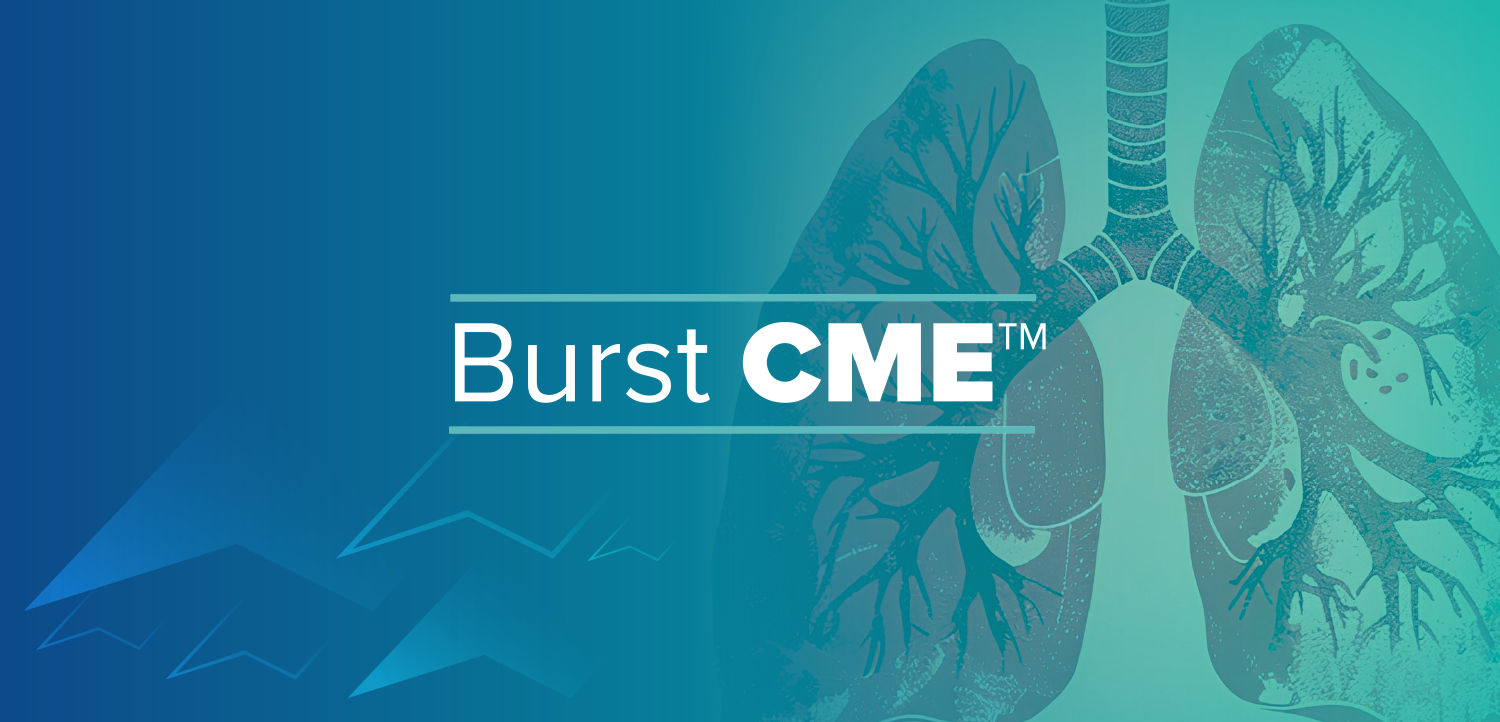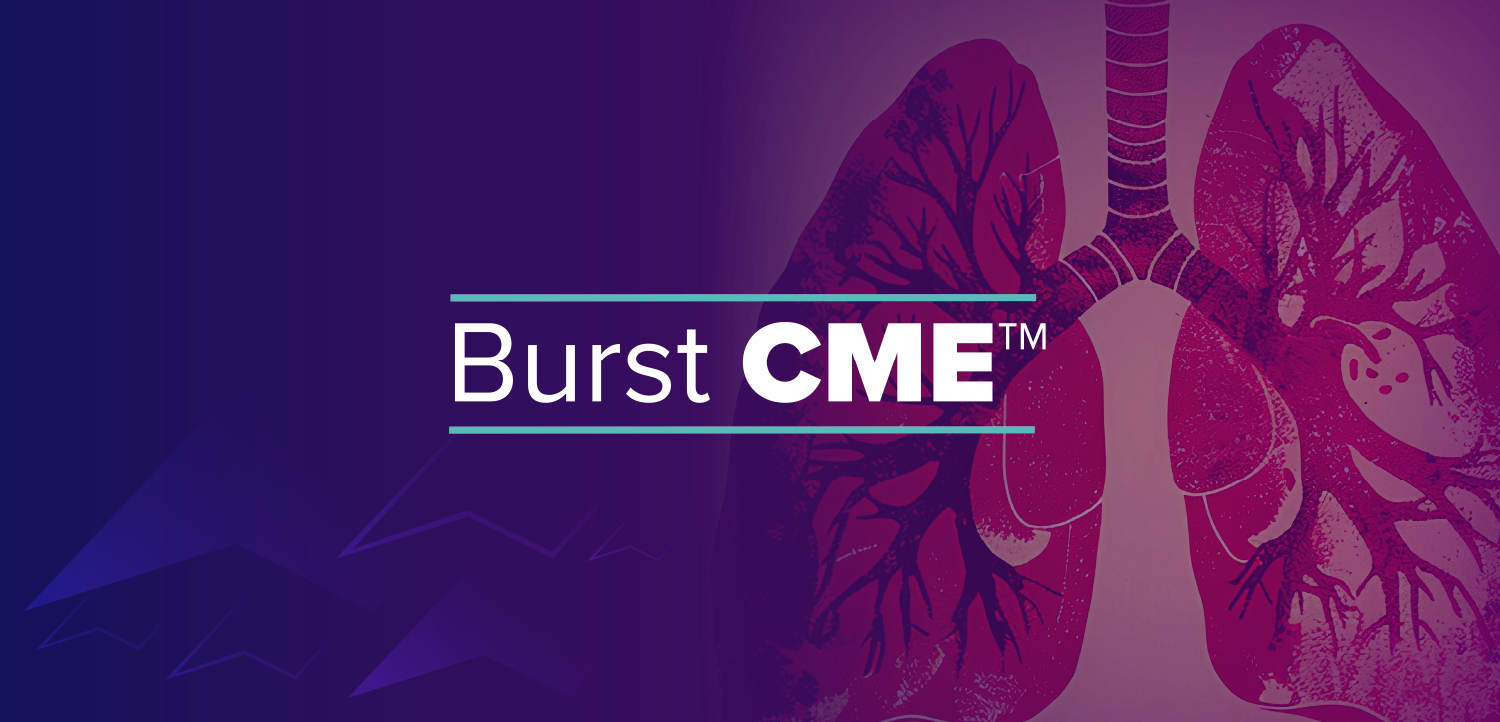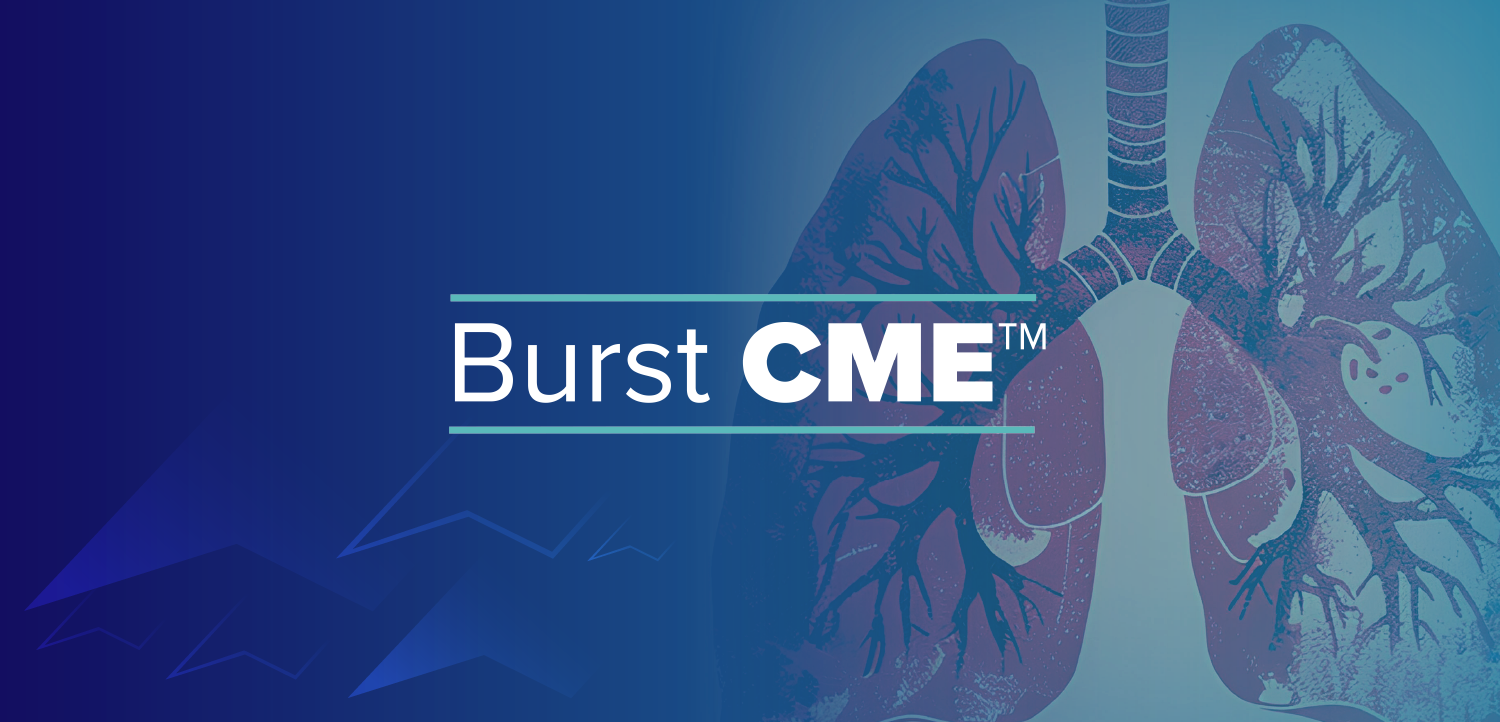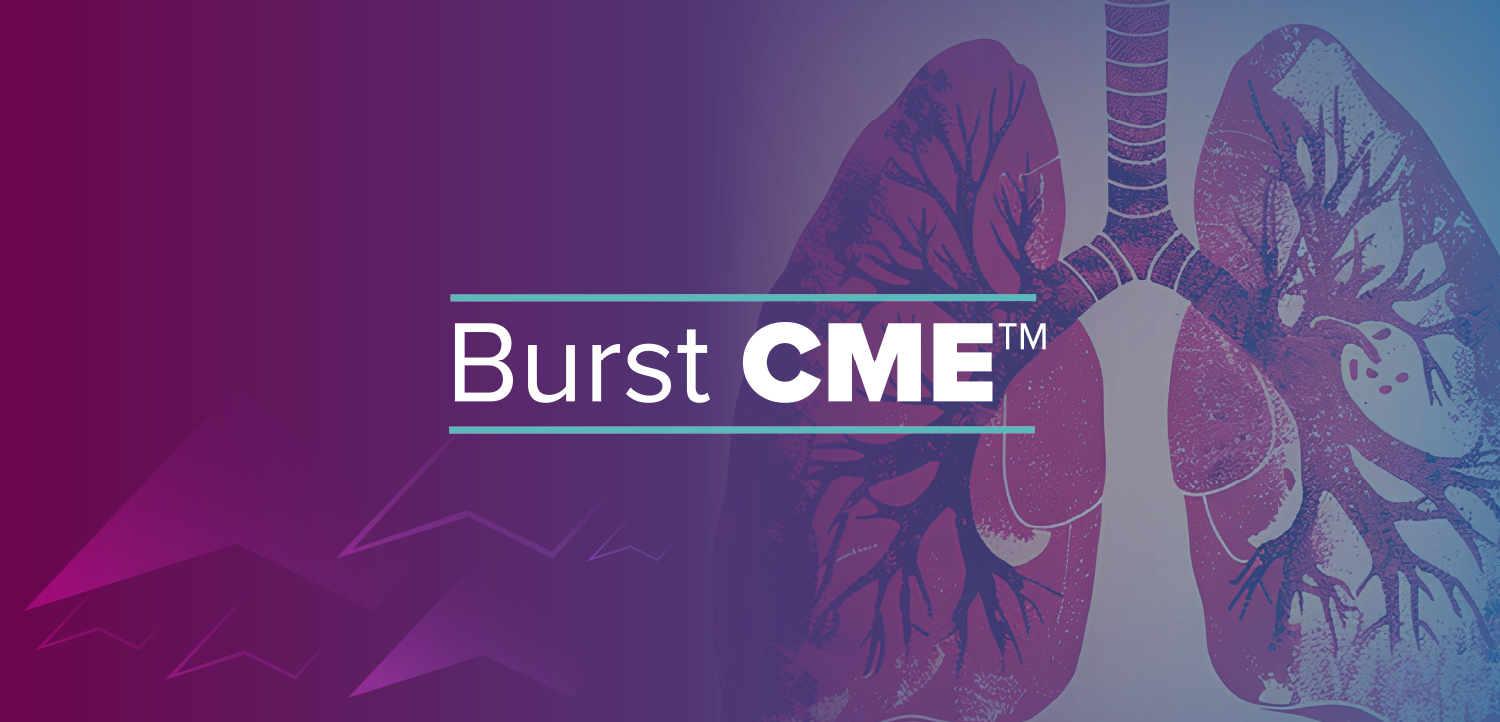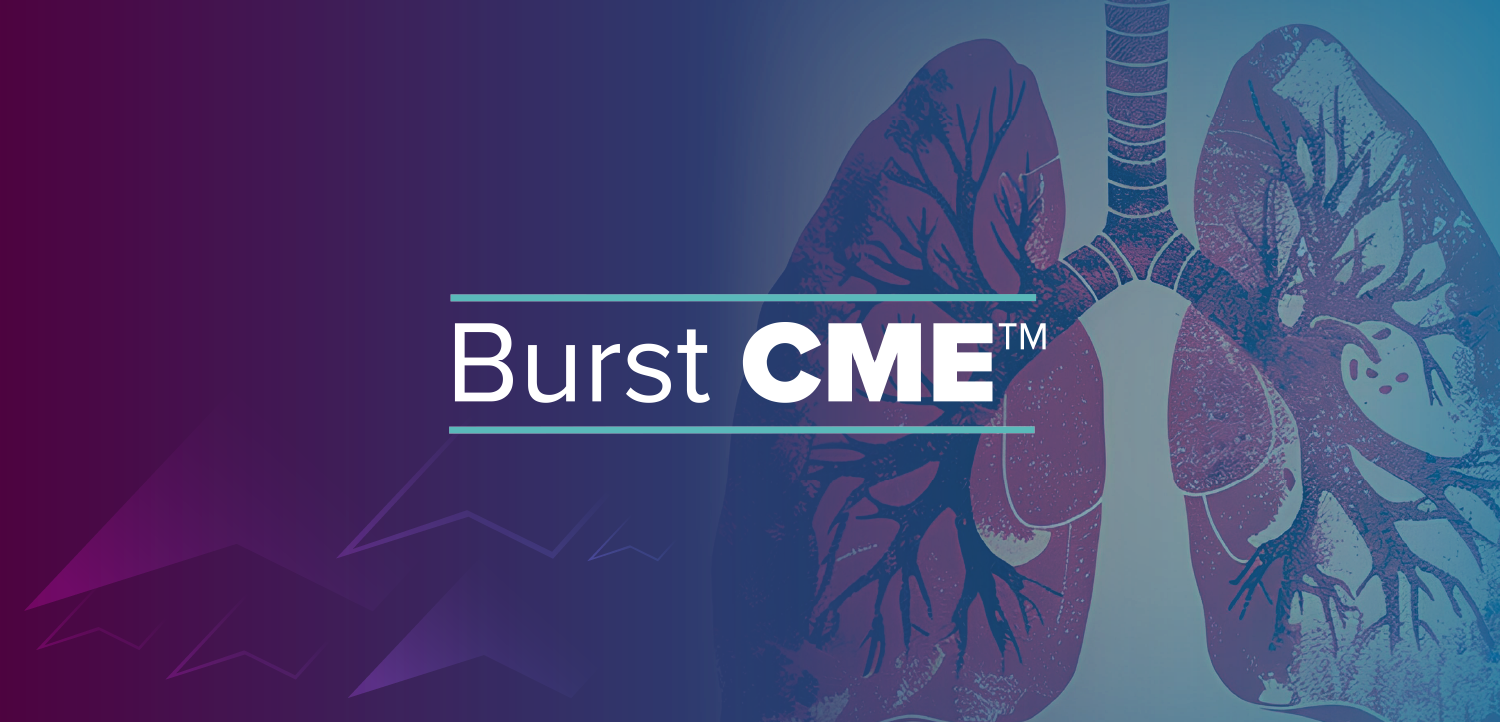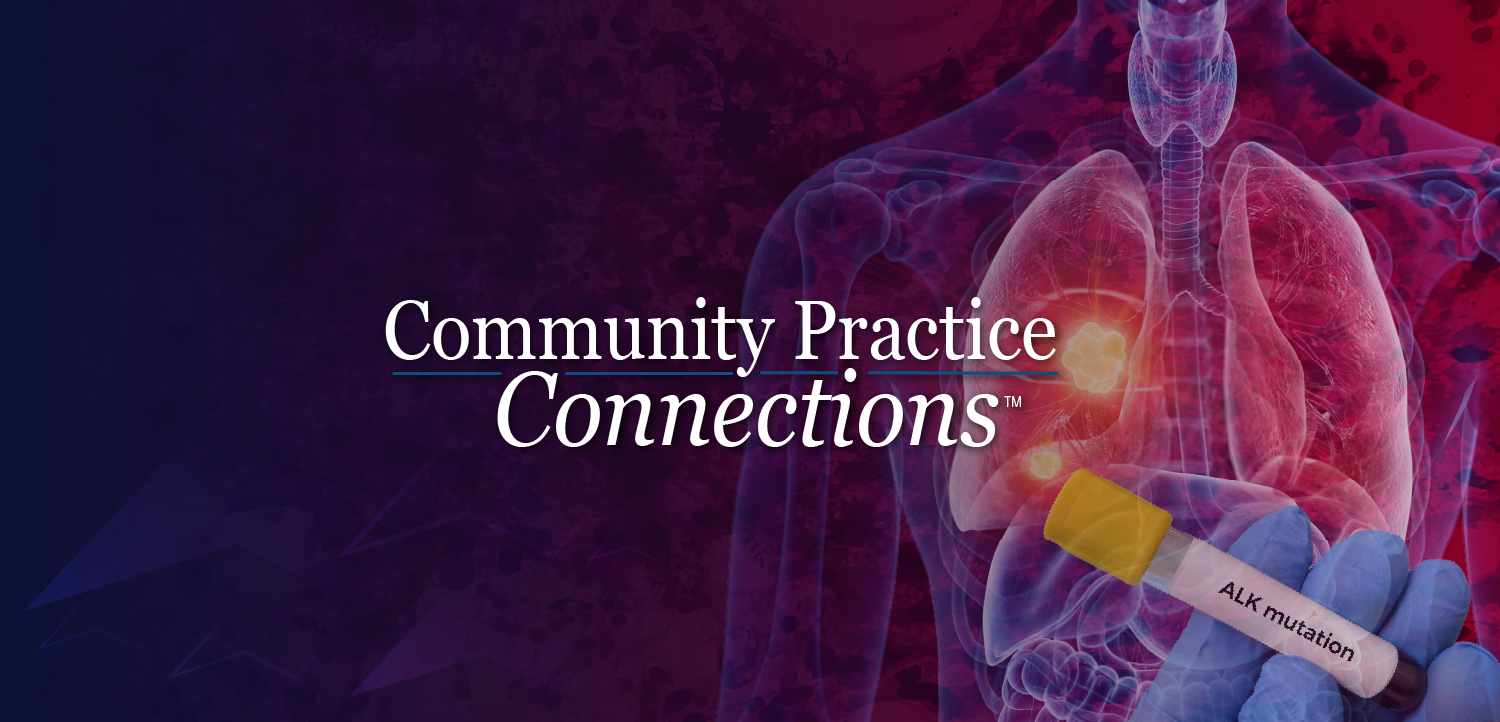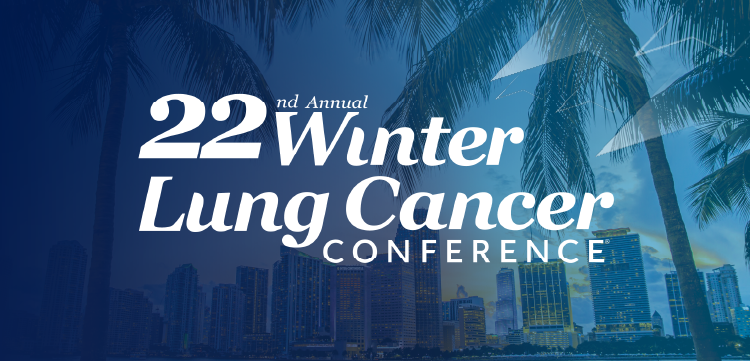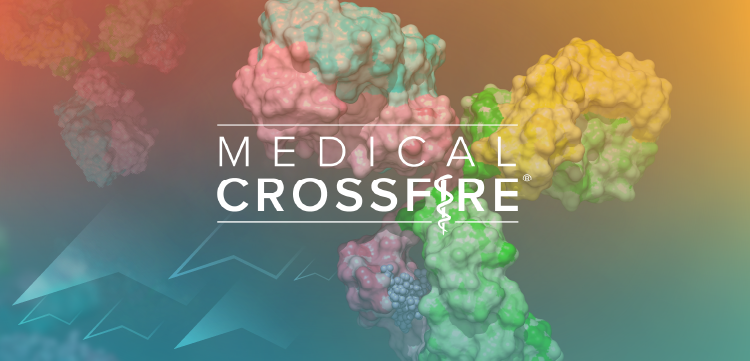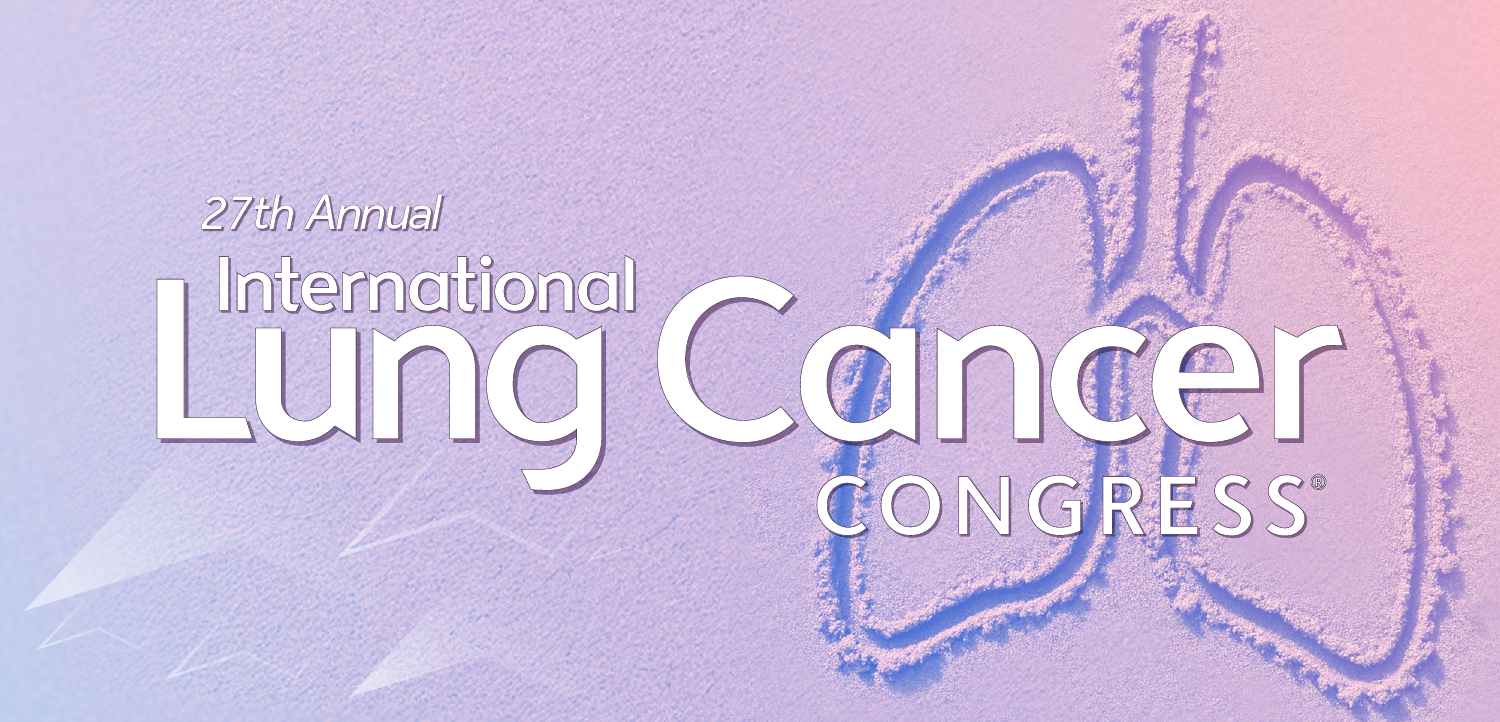
New calculations show savings harder to come by
Despite assurances; difficulties abound when calculating savings from healthcare reform.
Republicans are pressing to kill the Independent Payment Advisory Board (IPAB), and many Democrats are joining in. Congressional leaders oppose the policy that automatically implements IPAB recommendations for reducing Medicare spending if healthcare costs rise too quickly. Opposition to IPAB from insurers, pharmaceutical companies and providers has deterred the Department of Health and Human Services (HHS) from launching the board, opening the door to Congressional repeal.
Electronic records are supposed to support a more efficient healthcare system that identifies appropriate care and reduces unnecessary treatment, but progress has been slow in establishing standards for electronic transfer of data to providers and patients. In February, HHS delayed implementation of next-stage requirements for building a national health information exchange to give providers more time to meet quality standards.
Instead of cutting overall healthcare spending, HHS is promoting actions that reduce consumer outlays for coverage. One PPACA program encourages HHS and states to review and challenge health plan rate increases deemed "excessive"-which as of now means premium hikes over 10%. This filing threshold might go up or down next year, as states take steps to set their own limits based on rate-setting history and local market competitiveness, among other factors.
Consumers will gain rebates this year from insurers that fail to meet medical loss ratios. The debate continues over whether commissions paid to brokers should count toward the medical loss ratio.
FUNDING FROM TAXES, PENALTIES
While searching for savings, government officials will be spending billions to implement PPACA. The Congressional Budget Office (CBO) projects that it will cost taxpayers $1.1 trillion over 10 years to carry out all the reform provisions. Advocates emphasize that the total is $50 billion less than last year's CBO projection. Those "savings" occur because the government will take in more money than expected from penalties and new excise taxes on high-premium insurance plans-enough to offset higher spending for Medicaid and children's health as well as for tax credits to individuals purchasing insurance through exchanges.
Reform critics, though, are pouncing on the trillion-dollar cost figure. And they gained more ammunition from CBO projections that 2 million fewer people will purchase health insurance through exchanges, and employer coverage will decline.
Medicaid rolls will increase, says CBO, and more people will remain uninsured. These calculations make it doubly hard to find ways to cut costs.
Jill Wechsler, a veteran reporter, has been covering Capitol Hill since 1994.
Newsletter
Get the latest industry news, event updates, and more from Managed healthcare Executive.

